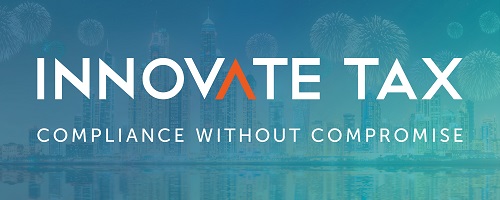The present comment explores some cases of concrete application of blockchain technology in Tax Administrations (TAs), and then formulates some ideas of its possible expansion in the near future, considering the advantages and disadvantages.
Blockchain is a digital mechanism to create a digital and distributed ledger, in which two or more participants in a peer-to-peer network can exchange information and assets directly, without intermediaries. he blockchain authenticates the participants, validates that they have the assets on which they want to trade, and records the exchanges in said digital ledger, of which all participants have an updated copy and whose entries or records, which are not modifiable, they are chronologically organized and packed into blocks, encrypted, and linked to each other. Its essential elements are distribution, asymmetric encryption and pseudonymity, immutability, tokenization (secure transfers of value), and decentralization[1].
Among the advantages is its security, the decentralization of the network with smart contracts that can streamline and optimize processes, the possibility of traceability and follow the path of each product from manufacturing to its destination market, cost reduction and the transparency of transactions, speed, and efficiency that can help achieve interoperability between participants, allowing them to access the same data simultaneously.
Source CIAT / Alfredo Collosa















